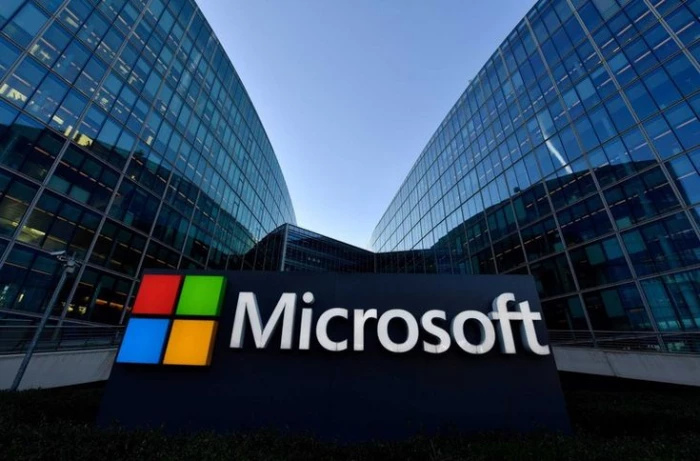Microsoft Issues Urgent Warning Over Zero-Day Attack on SharePoint Servers
by Muskan Kansay - 3 months ago - 3 min read

Microsoft has issued a significant security alert to both businesses and government agencies, warning of an active cyberattack targeting on-premises SharePoint servers. As of the morning of July 21, organizations around the world are being urged to take immediate preventive action. For anyone responsible for IT infrastructure, this sort of announcement is a stark reminder of how quickly a seemingly routine workweek can become a crisis.
The nature of this attack is particularly concerning. Hackers are exploiting a previously unknown (“zero-day”) vulnerability in SharePoint’s server software, which is widely used for document sharing and collaboration in both public and private sectors. Microsoft has clarified that SharePoint Online—part of the Microsoft 365 suite—is not affected by this exploit. Nevertheless, the on-premises servers, which are often found at banks, universities, energy companies, and hospitals, are vulnerable and have already been breached in dozens of cases.
The threat actors are able to “spoof” user identities, allowing them to access confidential files, extract sensitive data, and potentially move laterally across secure networks. Some attacks reportedly bypass standard security controls such as multi-factor authentication. The consequences could be severe: access to files, stolen cryptographic keys, and the possibility of further embedded threats within an organization’s architecture. Given SharePoint’s connection to Microsoft Office, Teams, and OneDrive, this is far from a minor technical glitch.
Microsoft, in coordination with cybersecurity agencies such as the FBI, has moved quickly, distributing critical security patches for affected SharePoint versions, starting with the Subscription Edition and promising swift updates for SharePoint 2016 and 2019. Organizations are strongly advised to apply these updates immediately. Where updates cannot be applied right away, Microsoft’s guidance is unequivocal: disconnect vulnerable servers from the internet to prevent attack. As much as this brings operational inconvenience, minimizing risk clearly takes precedence.
On a personal note, these developments highlight the ever-increasing complexity of modern IT systems—and the relentless pace at which new vulnerabilities are discovered and exploited. Every time there’s a breach like this, we’re reminded of the urgency of routine patching, active monitoring, and, above all, having a plan for when, not if, our security is tested. This episode may push more organizations to reconsider their investment in on-premises infrastructure. Cloud solutions are not immune to attack, but they do offer more rapid, centralized responses to threats.
While Microsoft has demonstrated an effective crisis response, the broader challenge remains: every organization needs constant vigilance, layered defenses, and a pragmatic acceptance that, in cybersecurity, complacency is not an option. It is, at times, exhausting, but it is absolutely necessary in this threat landscape. For now, the focus must be on prompt action and thorough investigation—followed, hopefully, by a quieter and more secure week ahead.